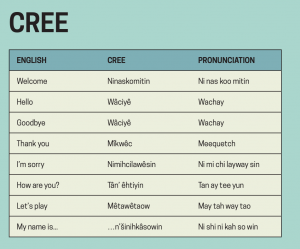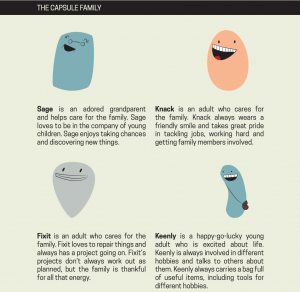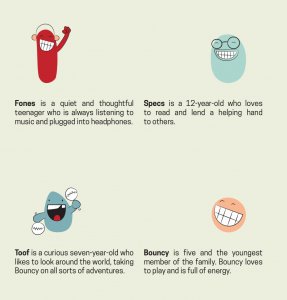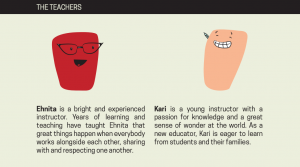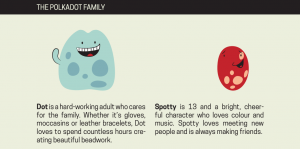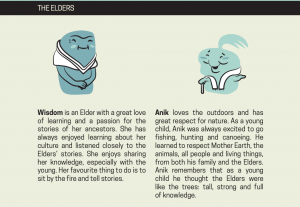This is such a great resource for honouring Indigenous languages. In this guide, educators can share some Indigenous languages such as Cree, Inuktitut, Lunaapeew, Michif, Mohawk, Ojibwe, and Oji-Cree. For each language, the guide tells you what the word or phrase is in English, then the Indigenous language, along with the pronunciation. The words and phrases that are taught in these languages are welcome, hello, goodbye, thank you, I’m sorry, how are you?, let’s play, and my name is.
This is such a great resource as it allows educators, such as myself, to help revitalize Indigenous languages that have been lost. We can have a significant role in reconciliation and it can be as simple as teaching our students how to say these words and phrases in Indigenous languages. It would also be very powerful for educators to invite Elders in to speak and share their Indigenous language.
I will definitely be implementing this tool into the classroom in the fall. Below is an example of how we can honour the Cree language.
